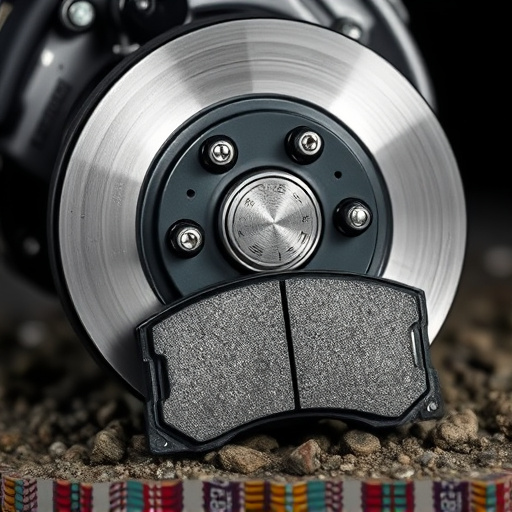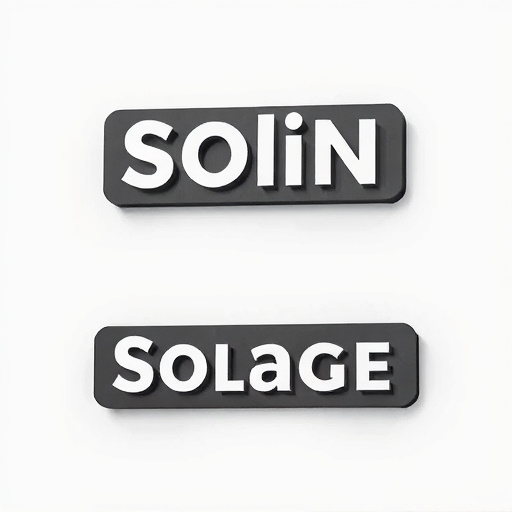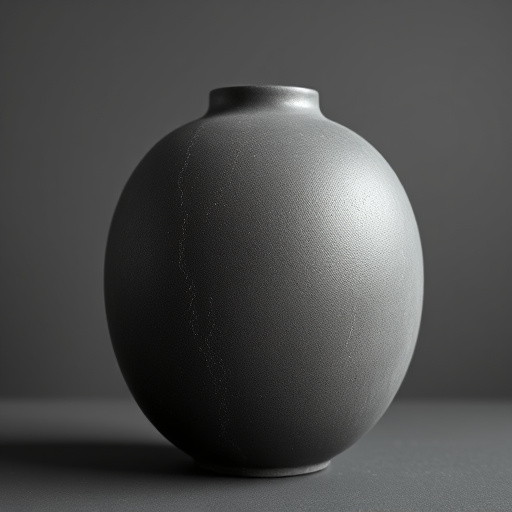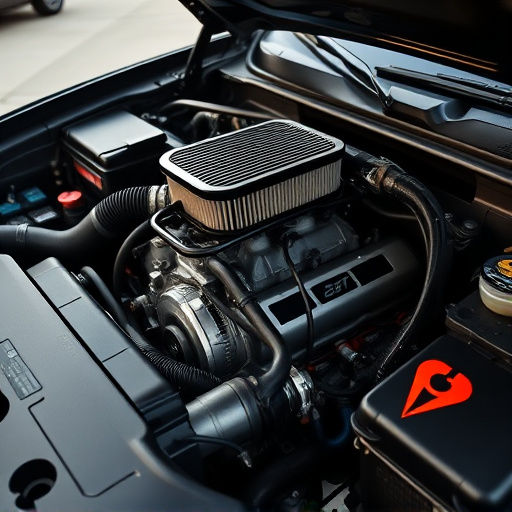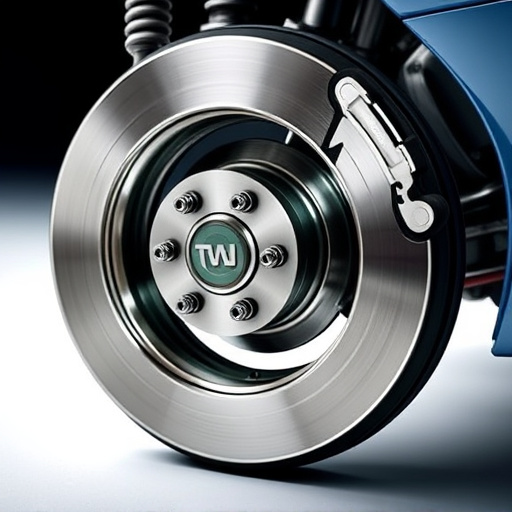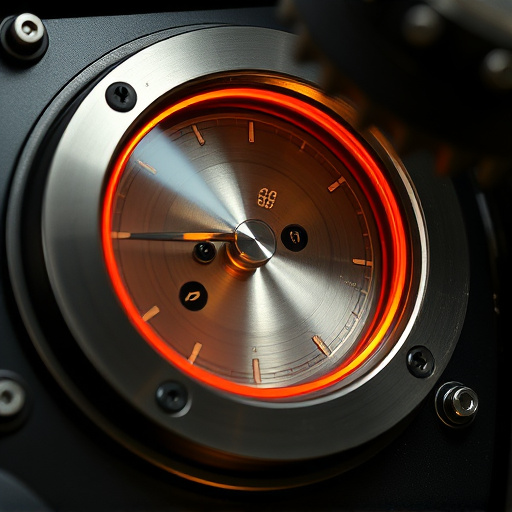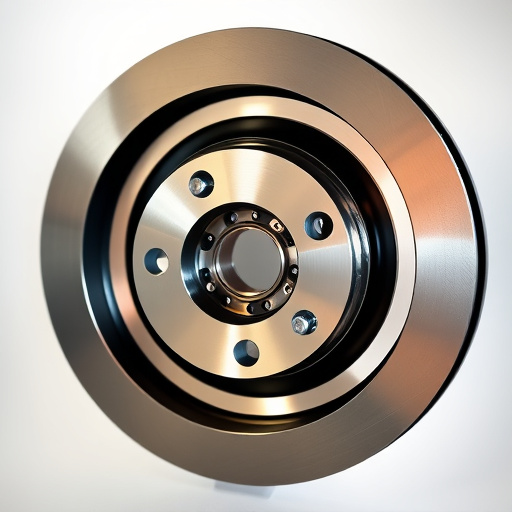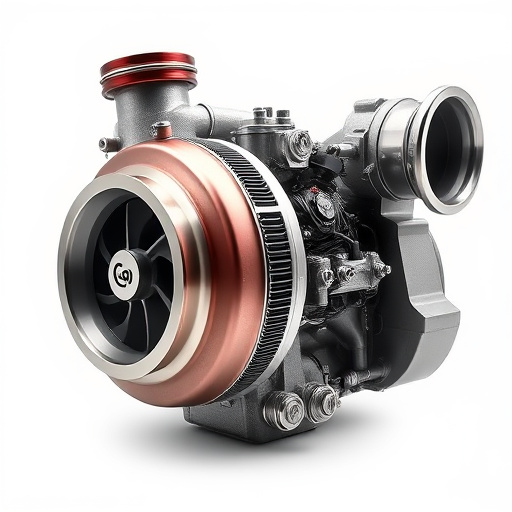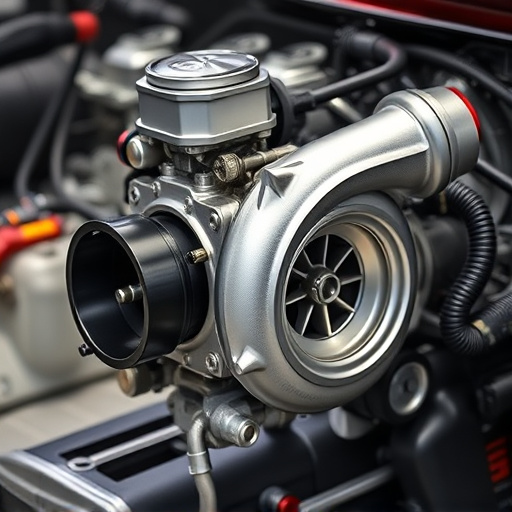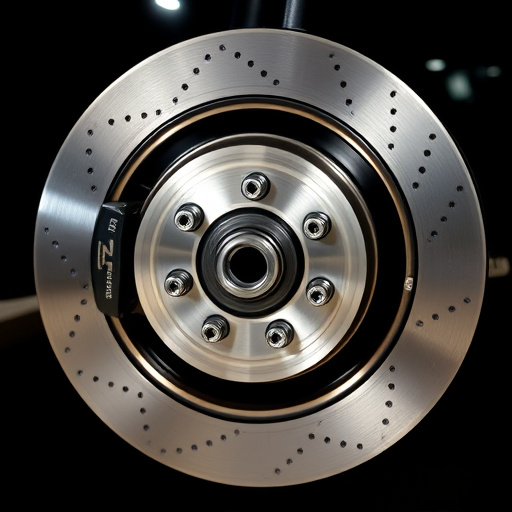Vehicle exhaust noise harms individuals and the environment in urban areas, prompting stricter regulations and innovations like exhaust sound control systems. Advanced engineering techniques, such as muffler tips, suspension kits, and cat-back exhausts, redirect and absorb sound waves, reducing noise levels. Modern exhaust systems blend acoustics and automotive technology for precise noise management, combining optimal performance with environmental standards through advanced materials, shaped chambers, and electronic controls.
Modern exhaust sound control systems are a testament to precision engineering, addressing noise pollution that can negatively impact nearby communities. This article delves into the intricate world of these systems, beginning with understanding the environmental implications of excessive vehicle noise. We explore the science behind cutting-edge technologies, from acoustic insulation to active noise cancellation, and highlight innovative design elements transforming modern exhaust systems into quieter, more sustainable solutions.
- Understanding Noise Pollution and Its Impact
- The Science Behind Exhaust Sound Control Technologies
- Design Innovations in Modern Exhaust Systems
Understanding Noise Pollution and Its Impact
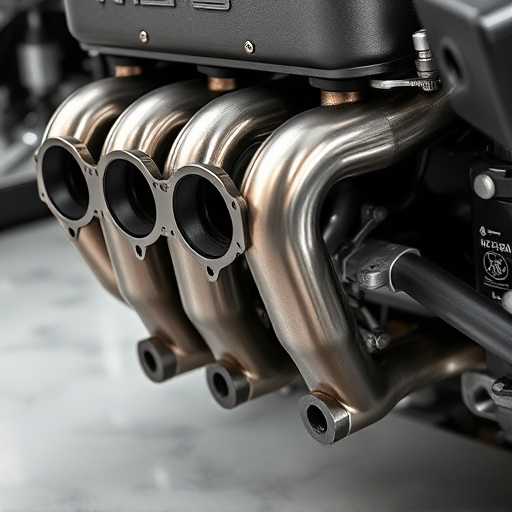
Noise pollution, often an overlooked aspect of modern urban life, has significant impacts on both individual well-being and the environment. Exhaust emissions from vehicles contribute substantially to this issue, as the loud roars and rumbles from engines can lead to noise-induced hearing loss, disrupt sleep patterns, and generally lower quality of life in dense populations. This growing concern has prompted a shift towards more stringent regulations and innovative solutions, with exhaust sound control systems emerging as a key focus.
Modern engineering has developed sophisticated techniques, such as advanced muffler tips, suspension kits, and cat-back exhaust configurations, to mitigate these noise levels effectively. These systems work by employing intricate designs that redirect and absorb sound waves, transforming potentially harmful noises into less intrusive, more pleasant sounds. This not only enhances overall environmental tranquility but also underscores the commitment of automotive manufacturers to balancing performance with sustainability.
The Science Behind Exhaust Sound Control Technologies
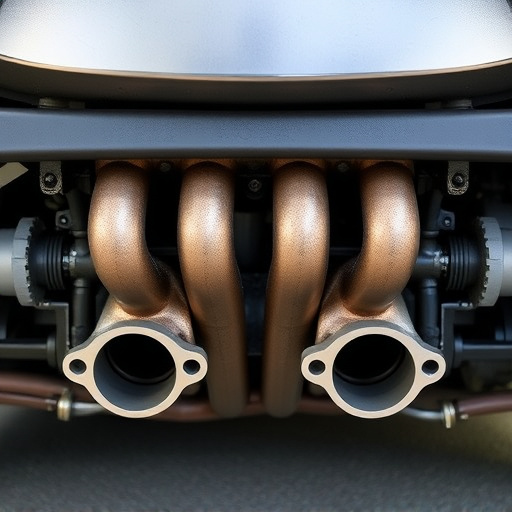
The precision engineering behind modern exhaust sound control systems is a fascinating blend of acoustics and automotive technology. These systems are designed to manage noise levels emitted from vehicles, aiming for a perfect balance between performance and regulatory compliance. The science starts with understanding sound waves themselves—their frequency, amplitude, and speed—and how they interact with different components within the exhaust system.
Key elements like muffler tips, suspension kits, and air intake systems are strategically engineered to disrupt or absorb sound waves, thereby reducing noise pollution. Advanced materials and designs, such as acoustic insulation and specifically shaped chambers, play a crucial role in this process. Additionally, electronic controls enable real-time adjustments to exhaust sound, ensuring optimal performance across varying engine speeds and driving conditions.
Design Innovations in Modern Exhaust Systems
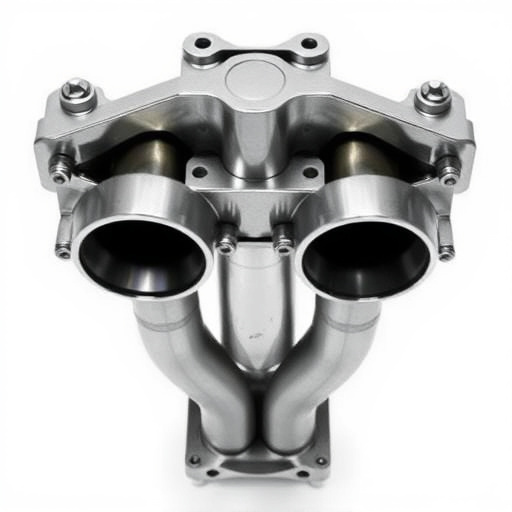
The design innovations in modern exhaust systems have transformed not just their performance but also their sound. Advanced engineering has led to the development of intricate sound control mechanisms that mitigate noise pollution, ensuring compliance with environmental standards. These systems employ sophisticated materials and designs to capture, reflect, and absorb sound waves, resulting in a quieter ride without compromising on engine power.
Key among these innovations are high-performance parts designed to optimize airflow while minimizing backpressure. Intake components have also evolved, incorporating advanced filters and air flow sensors to enhance engine efficiency. Moreover, performance exhaust systems now incorporate special chambers and liners that specifically target noise reduction, allowing for better sound control without sacrificing the thrill of a robust engine performance.
The precision engineering behind modern exhaust sound control systems has transformed vehicle noise pollution into a manageable issue. By understanding the impact of noise on our well-being and implementing advanced technologies, manufacturers have designed innovative solutions that cater to both performance and acoustic comfort. Through continuous research and development, these systems strike a harmonious balance, ensuring quieter roads for all. This progress in exhaust sound control exemplifies how engineering can address environmental concerns while enhancing overall driving experiences.
